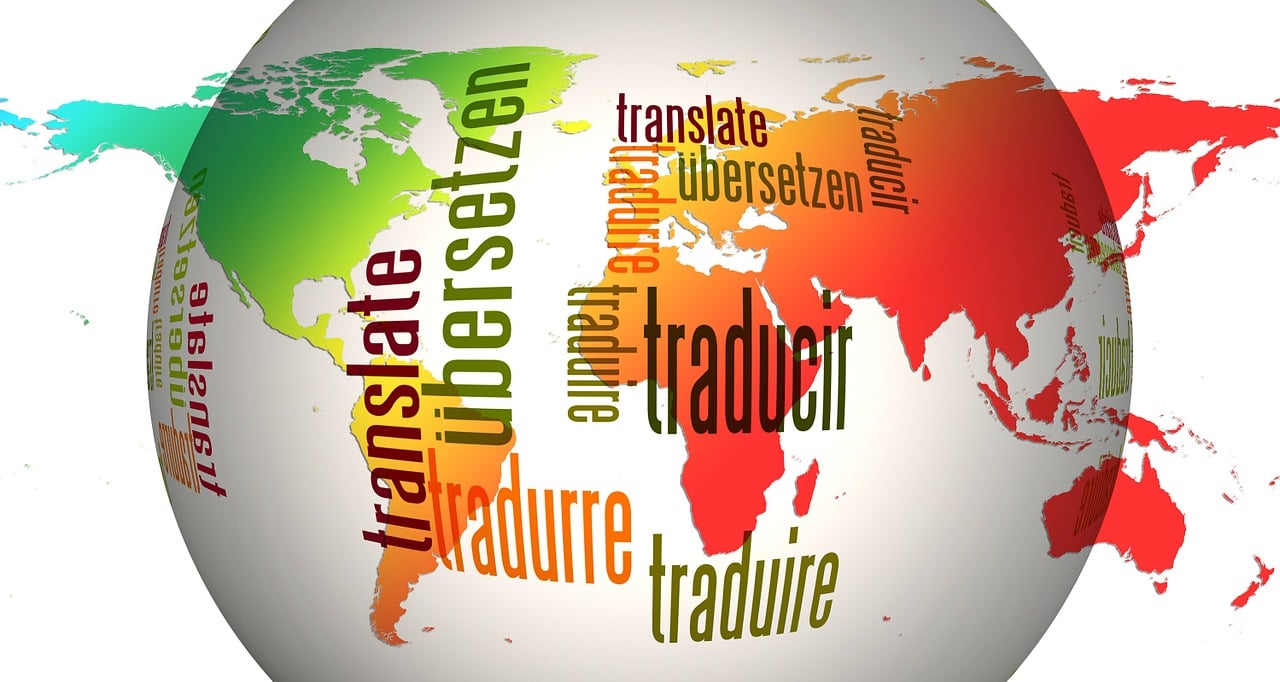

For our country, rich with more than 40 languages and dialects, the art of translation is a powerful sociocultural bridge that connects diverse communities, fosters understanding and shapes a more inclusive future.
Translation, at its core, is about communication. It is also about culture, identity and trust. In a country as linguistically diverse as ours, where communities speak Kiswahili, Kikuyu, Dholuo, Aturkan Maa, Somali, Gujerati, English and many others, translation plays a vital role in linking these cultural worlds. It ensures that messages, stories and ideas cross linguistic boundaries without losing their original meaning or significance.
Trust is fundamental in any society, and in our multilingual setting, language can either build or erode that trust. Human translators bring a unique understanding of cultural contexts that technology alone cannot replicate. For example, translating a community health message from English or Kiswahili into Kikamba or Oluluhya requires more than linguistic accuracy. It demands cultural sensitivity to ensure the message resonates and is accepted.
During the Covid-19 pandemic, the Ministry of Health worked with translators and interpreters to communicate vital health information to rural and nomadic communities. Translators converted words and contextualised information about vaccines, social distance protocols and preventive measures in ways that respected local beliefs and practices. This effort saved lives and demonstrated how translation fosters trust between governments and citizens.
Translation is now shaping our future by enabling dialogue across different groups, especially in urban and urbanising environments. Our country is young and dynamic, with rapid urbanisation bringing together people from different ethnic backgrounds into cities like Nairobi, Mombasa and Kisumu. Here, translation becomes crucial in health facilities, media and local governance, helping communities engage in meaningful conversations about shared challenges, such as education, employment and development.
For instance, local radio stations like Kameme FM broadcast in Kikuyu, while others like Kiss 100 use Kiswahili and English to reach wider audiences. The art of translation allows these stations to share stories and news of the day with different linguistic groups in their own choice language, building social cohesion and mutual understanding.
Translation for our society is about communication and cultural preservation. Oral traditions and literary works from various communities risk being lost without efforts to translate and document them.
Translating local folklore, proverbs and poetry into national and international languages helps to safeguard our rich heritage for future generations. This is what Ngugi wa Thiong’o taught us for decades. He was one of the stars whose works and thoughts, captured in his plethora of books, were celebrated at the recently concluded Nairobi International Book Fair under the auspices of the Kenya Publishers’ Association.
Ngugi initially wrote in English but later chose to write in his mother tongue, Gikuyu. His literary journey underscores the importance of language in cultural identity and how translation enables these stories to reach global audiences, enriching world literature.
Translation also introduces new expressions and ideas into local languages, keeping them vibrant. For example, the incorporation of modern technological terms into Kiswahili, such as “Akili Unde” for Artificial Intelligence, illustrates how translation bridges traditional culture with contemporary life.
Beyond our borders, translation is a critical pillar in the East African Community, where member states share multiple official and local languages. Translation facilitates diplomacy, trade and education among countries like Uganda, Tanzania, Rwanda, Burundi and South Sudan.
The efforts of the regional organisation to standardise Kiswahili as a lingua franca have depended heavily on expert translation and localisation of educational materials, legal documents and communication platforms. This work enhances regional cooperation and peace by making information accessible to people in their preferred languages.
The rise of machine translation in Kenya reflects a growing recognition of its potential to bridge linguistic divides and enhance communication across diverse communities. Institutions like St Paul’s University and Riara University have integrated MT into their curricula, responding to both technological advancements and the nation's multilingual landscape.
While technology has brought impressive tools like Google Translate, machine translation often falls short in capturing the nuances of our languages and dialects. For example, idiomatic expressions in Ekegusii can lose their artistic meaning if translated literally by a machine.
Human translators, with their deep knowledge of cultural contexts, remain indispensable. They provide accuracy, emotional resonance and cultural appropriateness that machines cannot replicate. In legal settings, such as translating court proceedings or contracts, the stakes are too high for errors. Skilled human translators ensure clarity and fairness, upholding justice.













